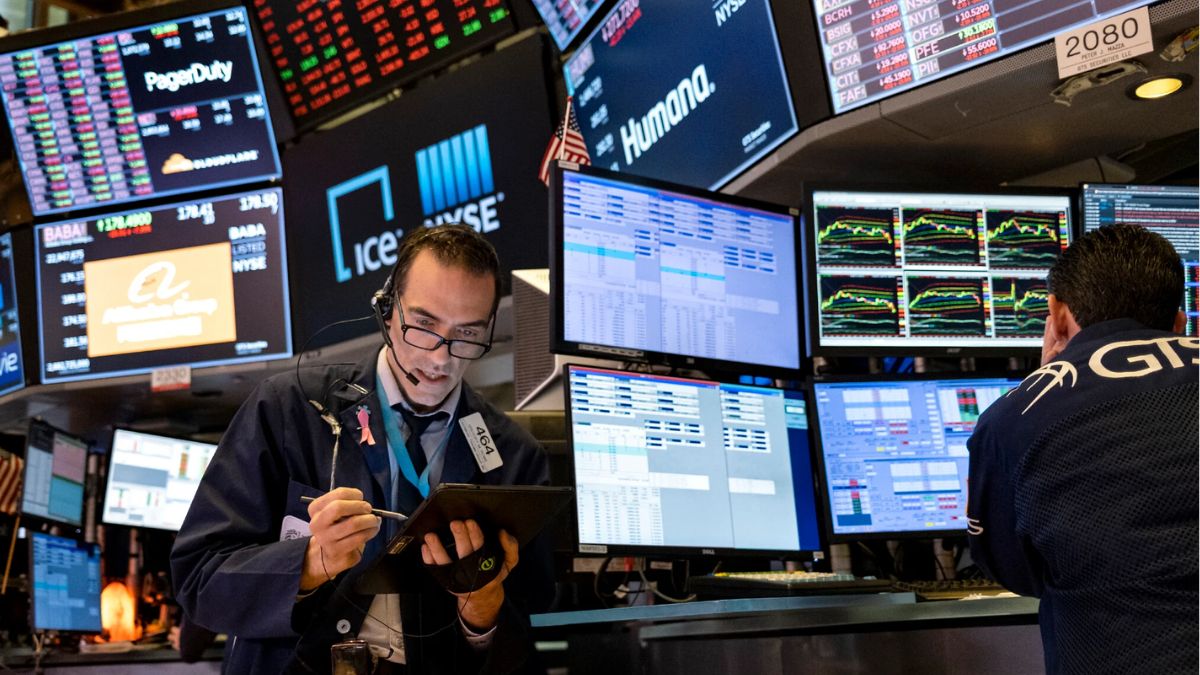Oklo Inc. (NYSE: OKLO), a nuclear energy startup backed by OpenAI’s Sam Altman, saw its stock jump 14.1% by 11:09 a.m. ET on July 23, 2025, reversing a two-day slide, per the finance card above. Fueled by two major partnership announcements and a bullish analyst upgrade, the stock closed at $65.192, up 7.35% from the previous day’s $61.32, with a daily high of $69.948. The finance card shows OKLO’s meteoric rise—615% over the past year from $9.1 in July 2024—driven by growing excitement for its small modular reactors (SMRs). But with no revenue, a $9 billion market cap, and a cash burn that could outlast its $260 million reserves, is Oklo a nuclear-powered rocket or a speculative bubble? Here’s a sharp, skeptical take on the surge, its drivers, and the risks that could ground it, delivered with a wry nod to the market’s love for shiny new things.
The Surge: Deals and Analyst Hype
Oklo’s stock soared after two high-profile deals and a glowing analyst note. On July 22, 2025, Oklo partnered with Vertiv, a data center infrastructure leader, to develop power and cooling solutions for hyperscale and colocation data centers, tailored for AI workloads and multi-client facilities. The next day, Oklo announced a collaboration with Liberty Energy (NYSE: LBRT, up 21.16%) to integrate its Aurora microreactors with Liberty’s natural gas generation, offering a “turnkey” power solution for data centers. CEO Jacob DeWitte called it a game-changer for large-scale power users, streamlining generation, backup, and grid interaction.
Adding fuel, Citigroup raised its price target on OKLO from $30 to $68, just shy of the day’s high of $69.948. Citi praised Oklo’s reactor design and project pipeline, suggesting the stock’s valuation—near its current $65.192—is fair given its 615% annual gain. The finance card’s one-month data shows a 13.4% rise from $57.49 on June 23, 2025, reflecting sustained momentum. These developments, tied to the AI-driven energy demand boom, have investors betting on Oklo’s promise to deliver clean, scalable power.
The Bigger Picture: Nuclear’s Moment
Oklo’s surge taps into a broader nuclear renaissance. AI data centers, projected to boost U.S. power demand by 160% by 2030, are driving interest in reliable, carbon-free energy. Oklo’s Aurora microreactors—compact, fast-spectrum, liquid-metal-cooled units with 15 to 100 megawatts capacity—promise flexibility for remote sites like military bases and data centers. The company’s use of recycled nuclear waste as fuel adds an eco-friendly edge, turning a liability into an asset. A recent U.S. Air Force contract to power Eielson Air Force Base in Alaska, announced July 16, 2025, underscores Oklo’s credibility, despite a prior 2023 deal falling through.
Government tailwinds help. President Trump’s May 2025 executive orders aim to triple U.S. nuclear capacity by 2050, streamlining regulations and boosting deployment. Oklo’s regulatory progress, including a completed Nuclear Regulatory Commission readiness assessment in July 2025, signals it’s on track for its first commercial reactor by 2027 or 2028 at Idaho National Laboratory. Posts on X reflect the hype, with one user on July 12, 2025, citing a $592.8k options bet on OKLO’s $60 call, signaling “massive conviction” for a potential breakout.
Risks: Speculative Hype, No Revenue
Hold the champagne. Oklo is pre-revenue, burning $65–$80 million annually against a $260 million cash pile as of Q1 2025. At this rate, it has 3–4 years before needing more cash, likely via dilutive stock offerings or debt. A $400 million stock offering announced July 16, 2025, already sparked after-hours selling, per X posts, with one user sarcastically noting the offering’s timing after a 30% rally. The finance card shows no P/E ratio or dividend yield, reflecting Oklo’s speculative nature—its $9 billion market cap hinges on future promises, not profits.
Regulatory and technical hurdles loom. Scaling from prototypes to commercial reactors is fraught with risks, as many energy startups have learned the hard way. Oklo’s 2027 target was called “laughable” by one X user in January 2025, citing an NRC rejection of its Aurora application. Analysts project losses of $0.46 per share in 2025, though Q1 2025’s $0.07 loss beat estimates. With a customer pipeline of 14 gigawatts—including deals with Switch and Equinix—the upside is tantalizing, but execution is everything.
Why It Matters: AI, Energy, and Speculation
Oklo’s surge reflects a market hungry for clean energy solutions amid AI’s energy demands. Its partnerships with Vertiv and Liberty position it to power the data centers driving the AI revolution, while government support and analyst upgrades fuel optimism. The finance card’s year-to-date data—$9.1 in July 2024 to $65.192 in July 2025—shows a stock defying gravity, but its 8.66% volatility and beta of 2.44 signal wild swings. X posts highlight the frenzy, with one user predicting a $100+ price by 2027, while others warn of a “deeply unserious market” chasing a profitless company.
The Road Ahead: Boom or Bust?
Oklo’s stock is a high-stakes bet on nuclear’s future. The finance card’s daily data—opening at $63.55, peaking at $69.948—shows momentum, but the 5% dip to $64.50 on July 17 after the stock offering news suggests fragility. Citi’s $68 target implies limited near-term upside, yet long-term forecasts are rosy, with one predicting $122.28 by year-end 2025 and $365.75 by 2030. Investors comfortable with risk might see Oklo as a play on AI and clean energy, but the pre-revenue reality and dilution risks demand caution. Oklo’s powering higher today, but only the bold—or reckless—will ride this nuclear rollercoaster.



